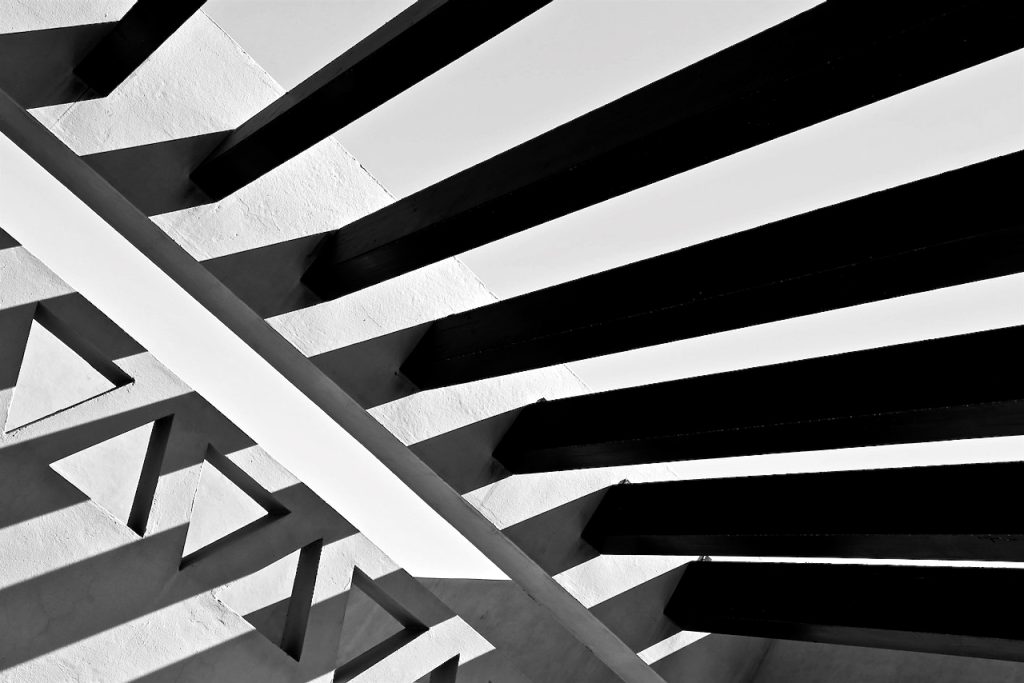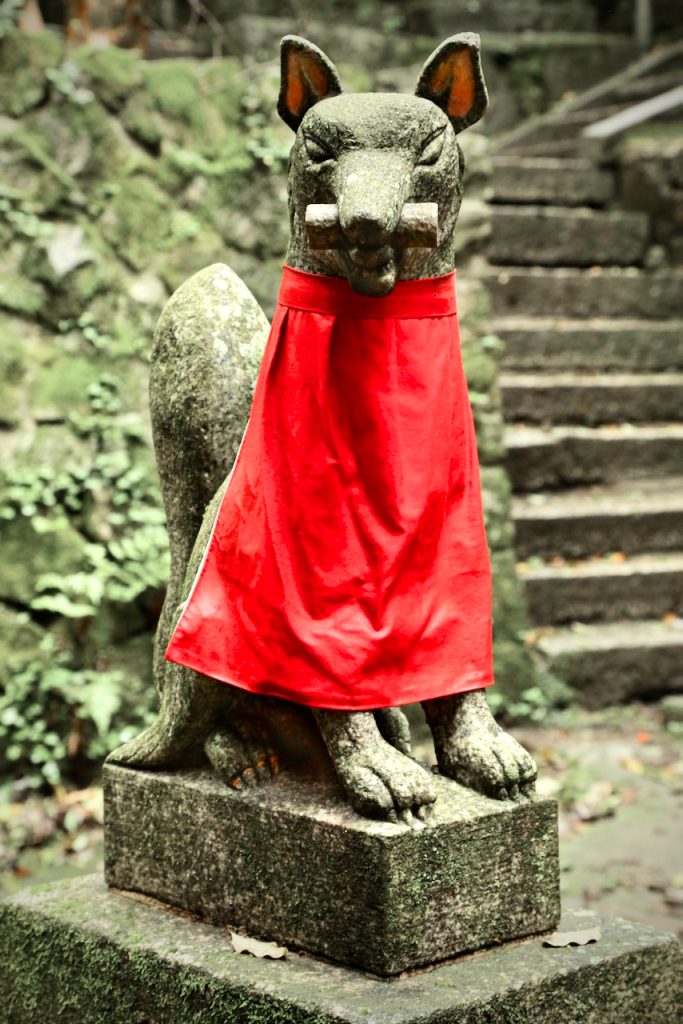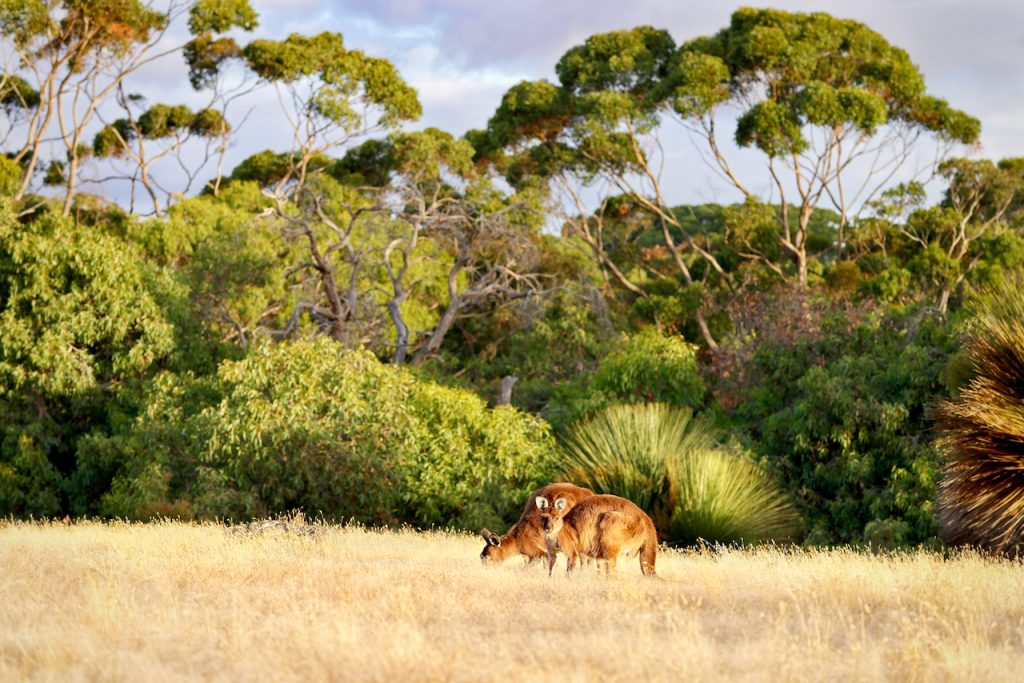
I’m always wary of miracle shortcuts, quick fixes, and no sweat-solutions. The human brain is a sucker for them, and I’ve learned the hard way to avoid them. There are no such things as a free lunch.
So, when Jim Loehr, the American performance psychologist and author, told Tim Ferriss (in this podcast) about a simple exercise that has profoundly changed the lives of thousands of people, I was, you know, wary. What, write down eight words, and then another eight words? That’s it? What could possibly be that mind-blowing?
Well, it turned out he was right. How world-shattering it depends very much on who you are and how you live your life.

The Exercise
1) Think about who you are when you are the most proud of yourself, when you are at your very best. Especially in stressful circumstances, when you faced considerable challenges and somehow managed to overcome them and be the best you could be.
Write down the six to eight words that would best describe you at those moments. Take five minutes to reflect on them.
Please stop here and do this, it takes only five minutes.
*
Done? Read on.
What Loehr learned through this first step of the exercise: most people come up with almost the same things. And these are not the things people chase, like making a lot of money, closing a huge deal, or winning titles. Instead, they talk about being kind, compassionate, fully engaged with others, and so on. So more moral and ethical things rather than material or external success.
2) Now write down six to eight words that you would like inscribed on your tombstone. These words would actually reflect who you truly were, representing who you were when you were here. What would you like inscribed most importantly in the highest priority on your tombstone?
Again, take five minutes to reflect on them.
*
Ready? Read on.
What Loehr learned through this step of the exercise: the list was almost identical for all people participating in his workshops.
People would write things like “loving father”, “loyal friend”, or “an optimist”. No one would write, “I made CEO of a Fortune 500 company” or “I won this title and this title”.
What they were actually referencing was the connection to other people. This is how they wanted to be remembered. A person who was kind, loving, and loyal, an optimist who brought joy to others. That was what mattered.
3) Compare who you are at your best and how you want to be remembered when you’re gone.
Very likely, you are right there. The two lists are similar, and they contain few, if any, of the external status markers.

The Hidden Scorecard
We spend our lives chasing extrinsic measures of success, even though we have this hidden scorecard inside of us. We work hard and sacrifice a lot of things and think that we would feel better about ourselves as soon as we’ve closed that deal, bought that house, or made director or VP.
But when we evaluate our life, we use this hidden scorecard that contains none of those things.
This is why focusing on external success measures only (better job, a bigger house, etc.) leaves us unsatisfied and always wanting more. As soon as we reached our goal, as soon as we’ve got that promotion or bought the house, the euphory, and joy of that event vanishes after a short while. We’re feeling no different than before, and we start chasing the next goal, and the next one. It never ends.
Does it mean that we shouldn’t strive towards certain goals in life, like finding a better job or a nice house? Not at all.
We should work both scorecards; become aware of the hidden scorecard, and ensure that we’re living a life with intention and aligned to those moral and ethical values. This brings a more lasting feeling of peace and contentment.
Even if we encounter setbacks and failures in reaching our external goals, living a life aligned with our values will help us get through those moments. It puts things in perspective.
How much would this customer who ruined your day or the boss who didn’t think you deserved a promotion matter in 20, 30, or 40 years? When you look back on your life, what would matter?
Becoming a CEO, winning the “Sales Rep of the Year” three years in a row, always having the latest car model or iPhone? Or the time spent with your family and your friends, the quality of those relationships, the joy of spending time with like-minded people sharing the same hobby, the rewarding hard work on your charity?
Focusing too much on the external scorecard and ignoring the internal one can have dire consequences. Getting alienated from family and friends, for instance, or depression.

Evaluating Your Life
Bronnie Ware, an Australian nurse who worked in palliative care, wrote a book called The Top Five Regrets of the Dying. Tending to dying people, she noted that the things people regretted when looking back at their lives were those found in that hidden scorecard. They didn’t regret that they didn’t work harder or made more money, or that they didn’t make CEOs.
These were the top five regrets people had.
- Regret 1: I wish I’d had the courage to live a life true to myself, not the life others expected of me.
- Regret 2: I wish I hadn’t worked so hard.
- Regret 3: I wish I’d had the courage to express my feelings.
- Regret 4: I wish I’d stayed in touch with my friends.
- Regret 5: I wish I had let myself be happier.
This may sound morbid, but since we’ve already tackled the tombstone … if you knew that you only had a short time to live, what would you do? What would your priorities be? Would you work harder and longer to attain your goal (become CEO!) or spend time with your family?
Deadlines have that quality of putting everything in sharp focus and clarifying priorities. Death is the ultimate deadline.

Conclusion
Allowing time for reflection and putting things into perspective is self-care. Give this exercise a try. Congratulations if you live your values and gain nothing from this exercise but confirmation that you’re on the right track! But if you’re not, you have so much to gain!
Good luck!
Related Posts
- Thinking About a Major Career Change? Here’s How I Did It.
- What I’ve Learned This Year
- First Anniversary and Some Reflections on 2020
- Hindsight Is the Cruelest Adviser
- An Excuse Is Not an Exception










